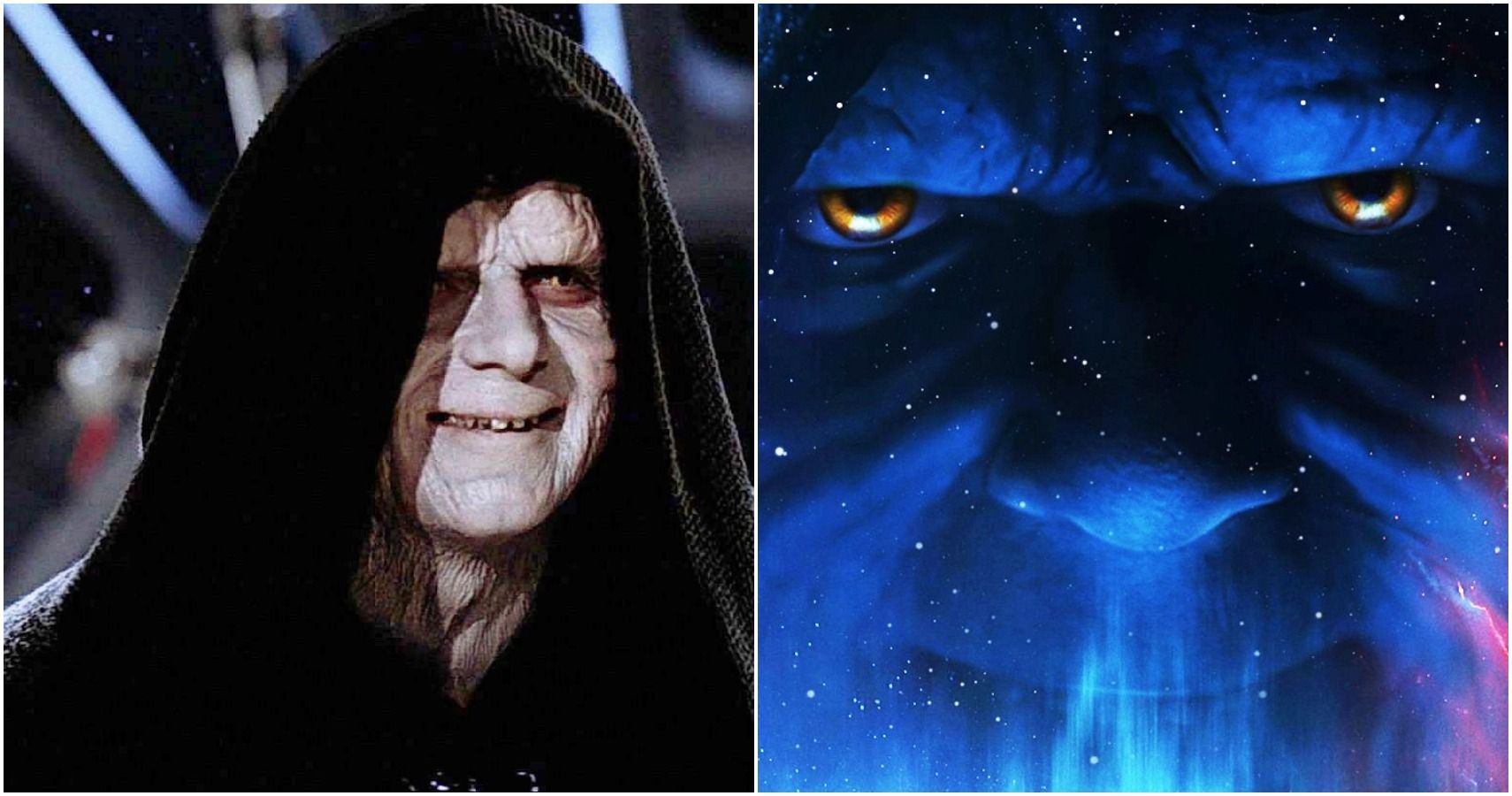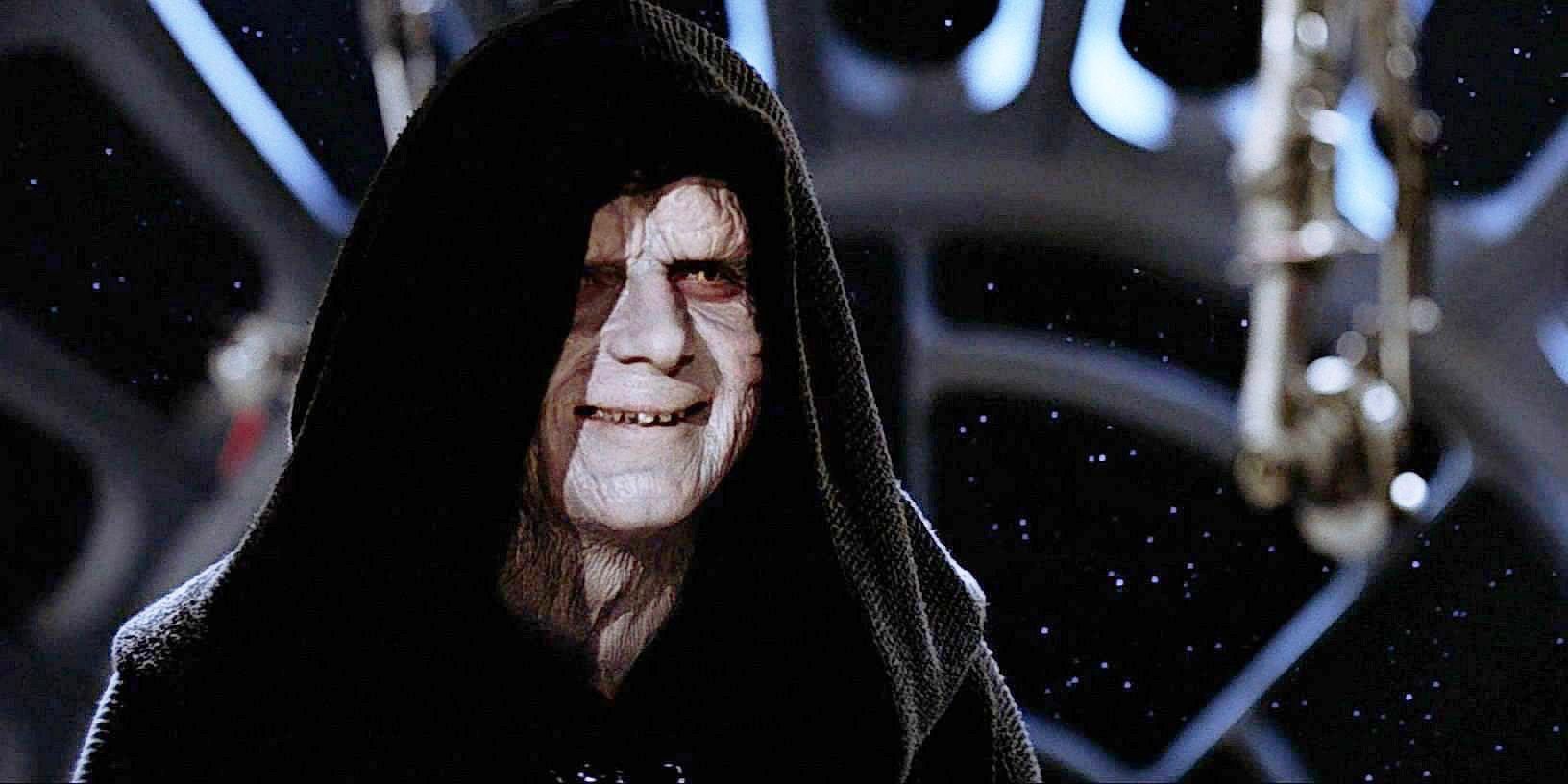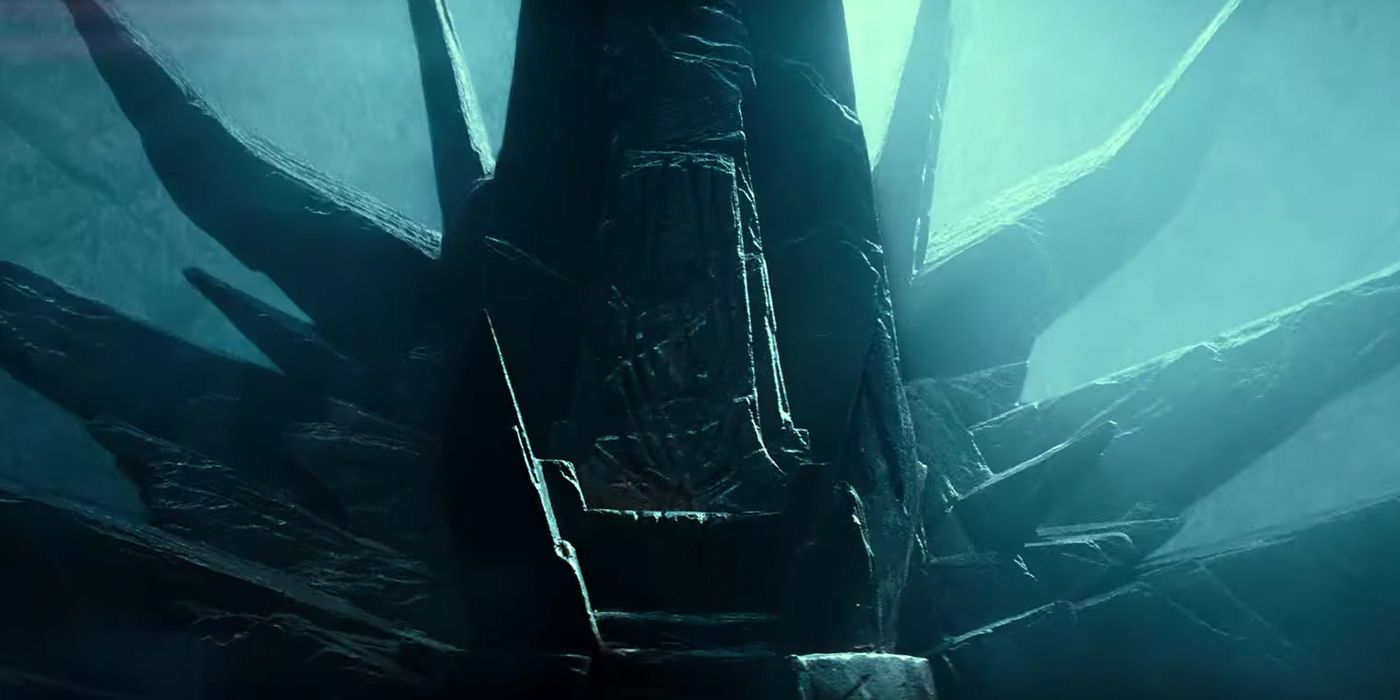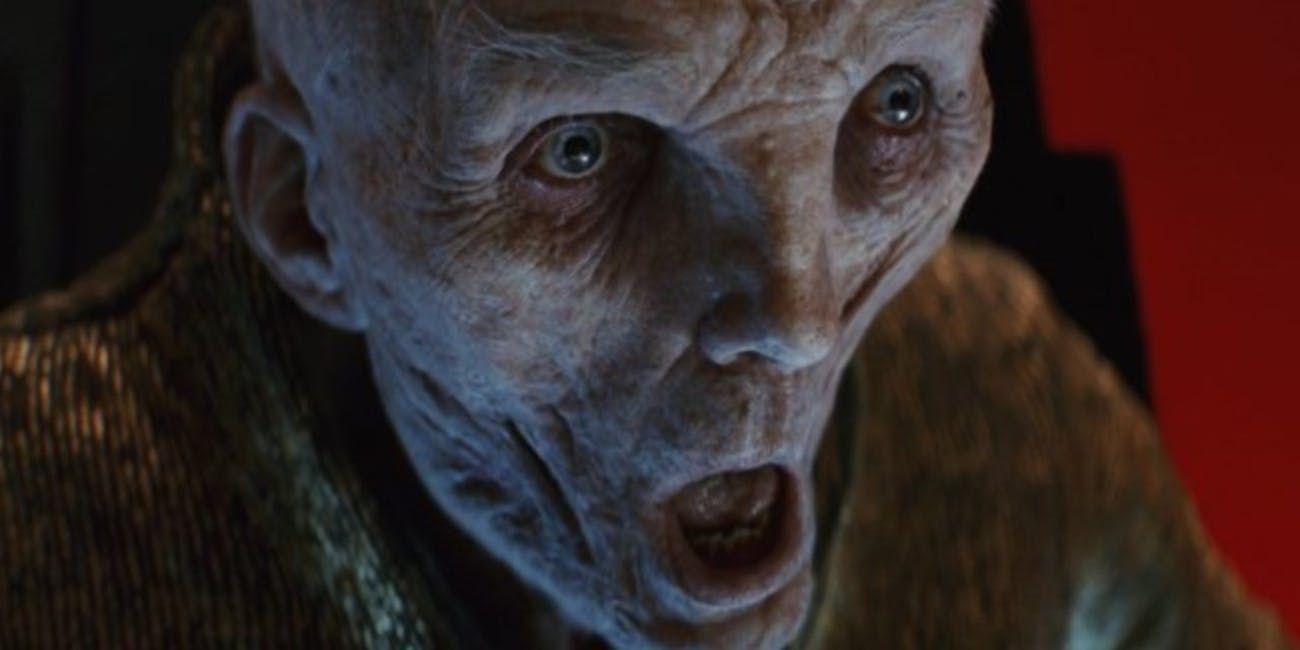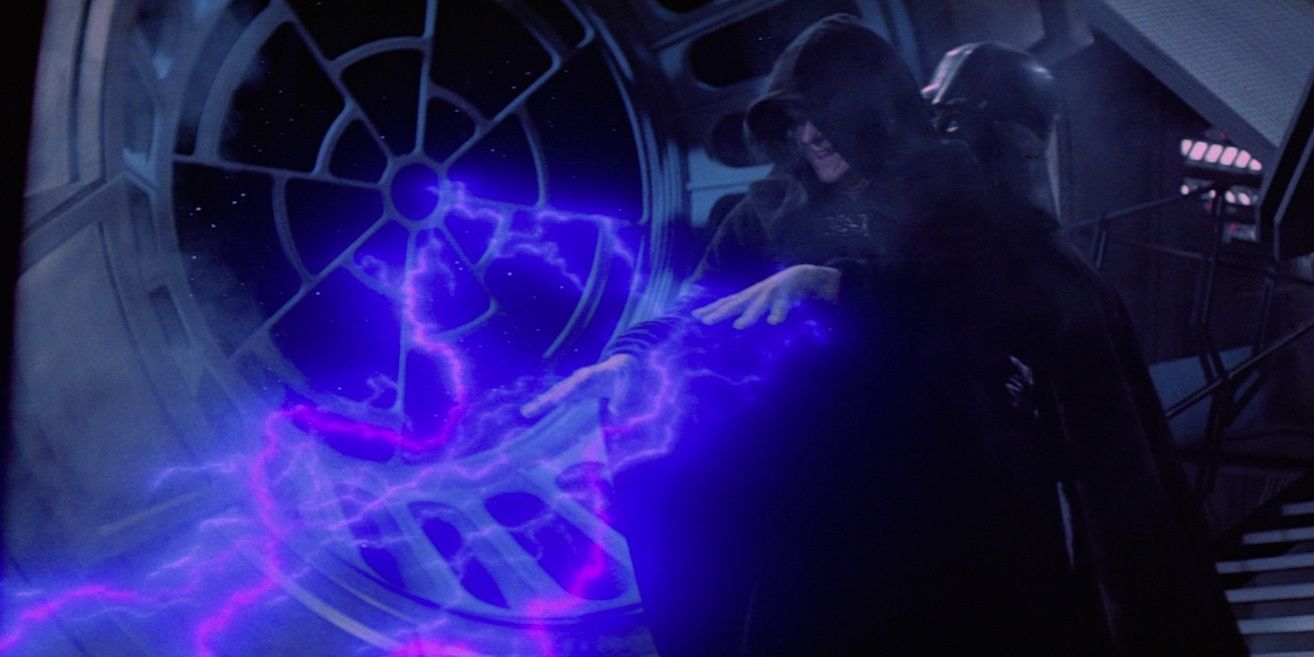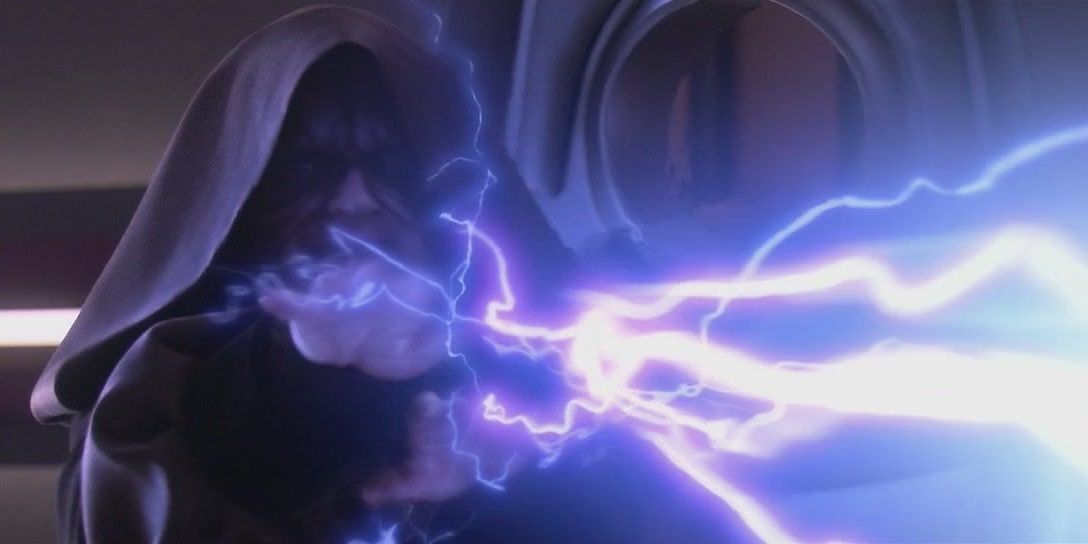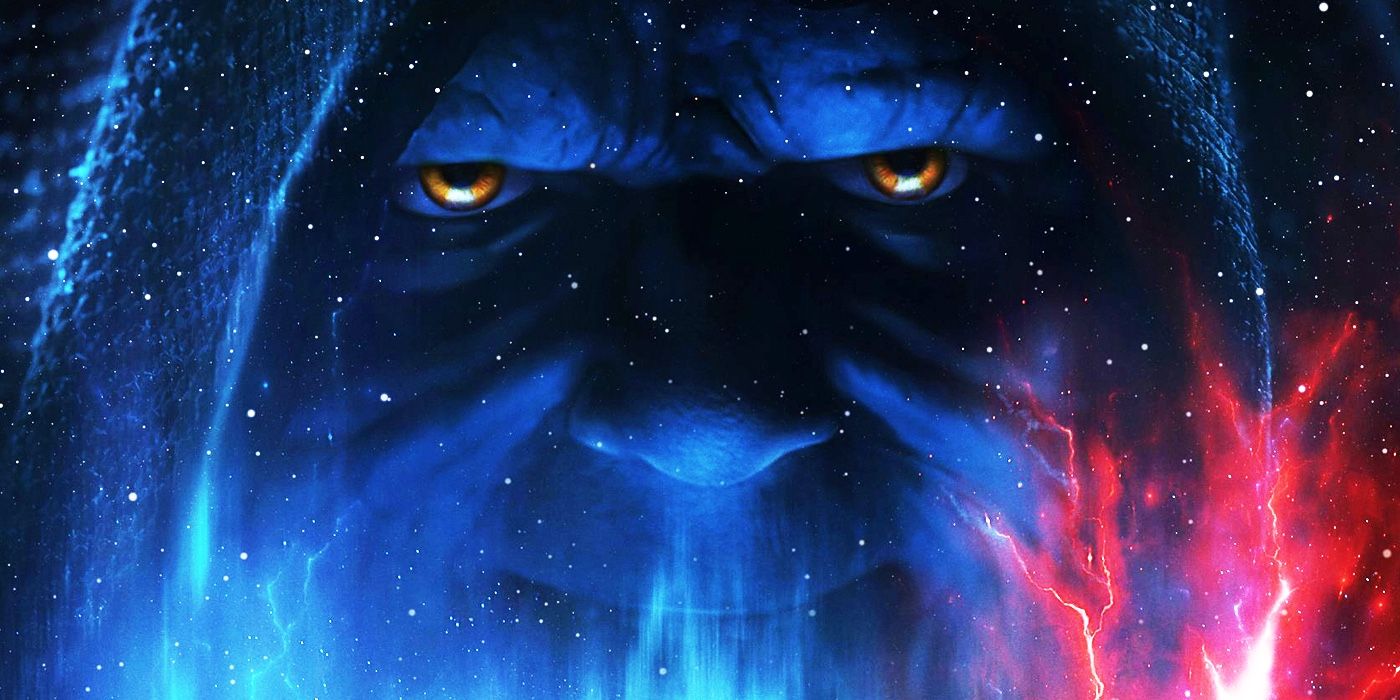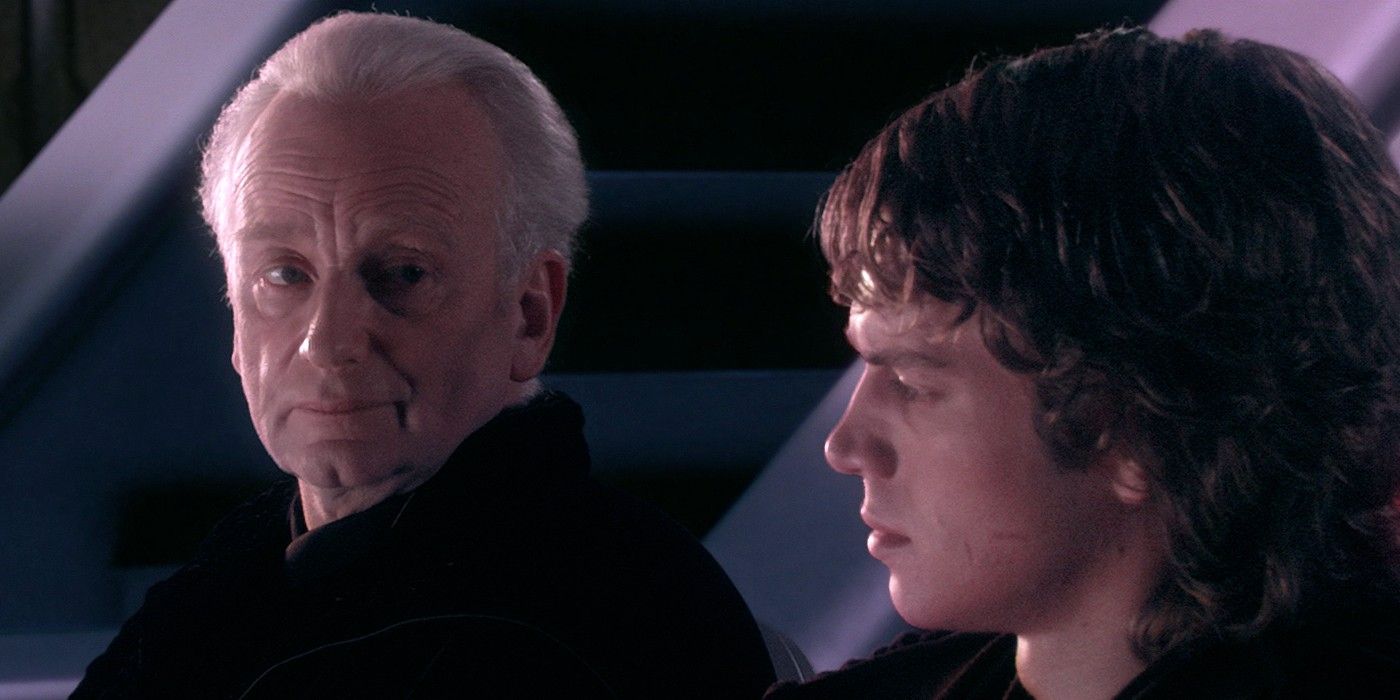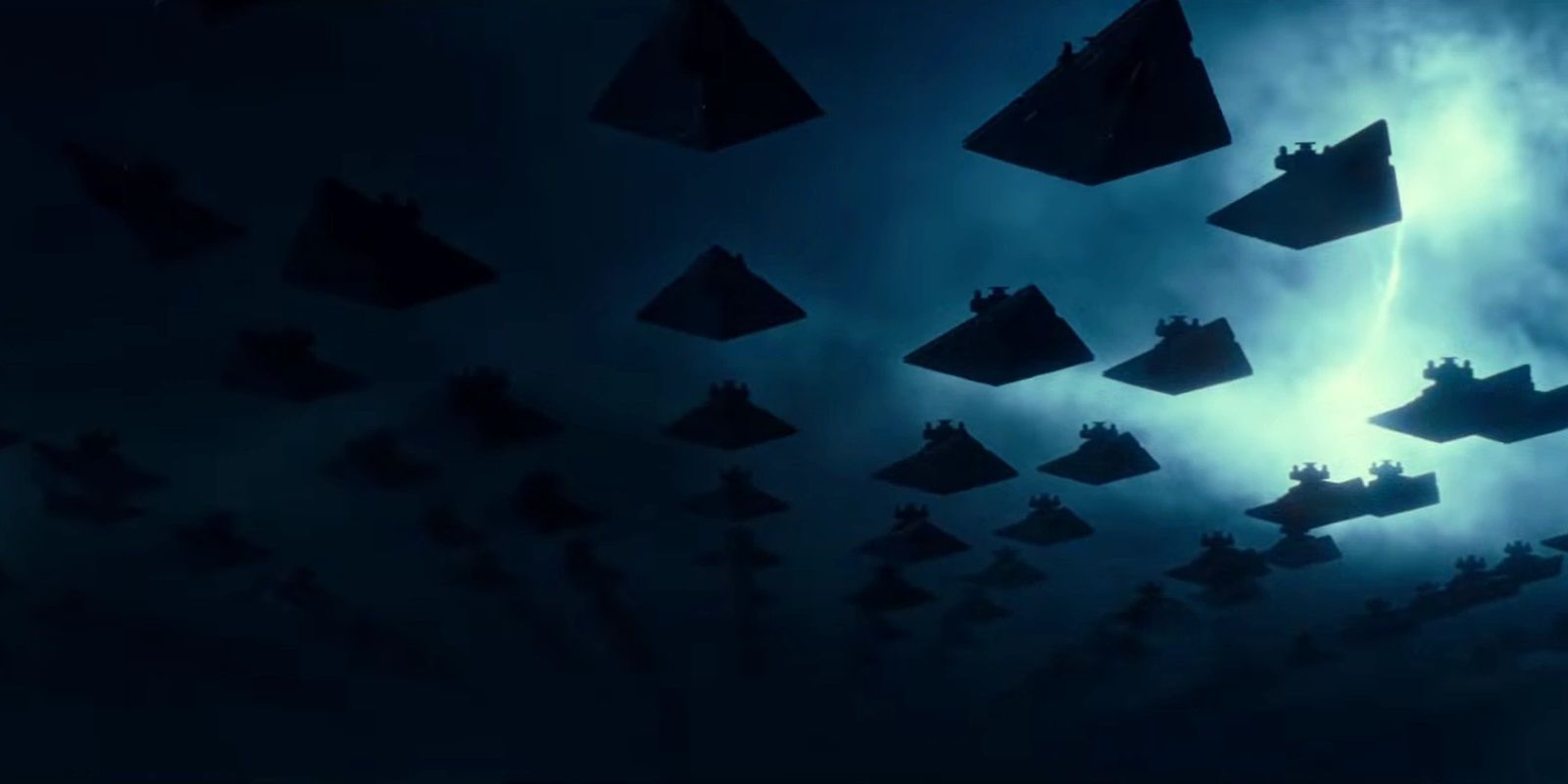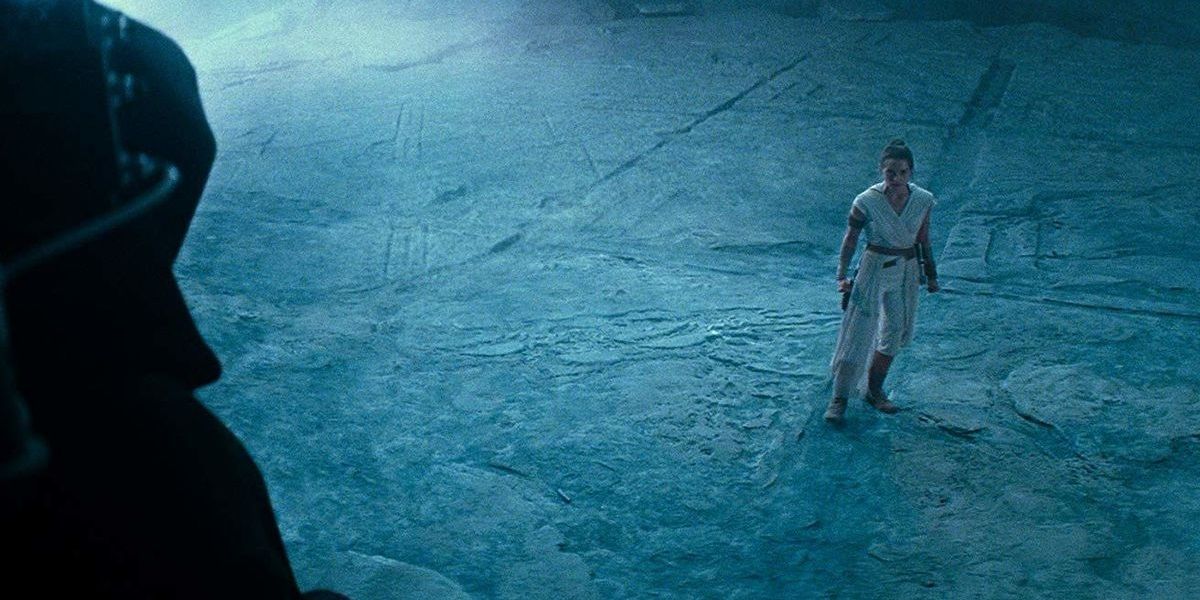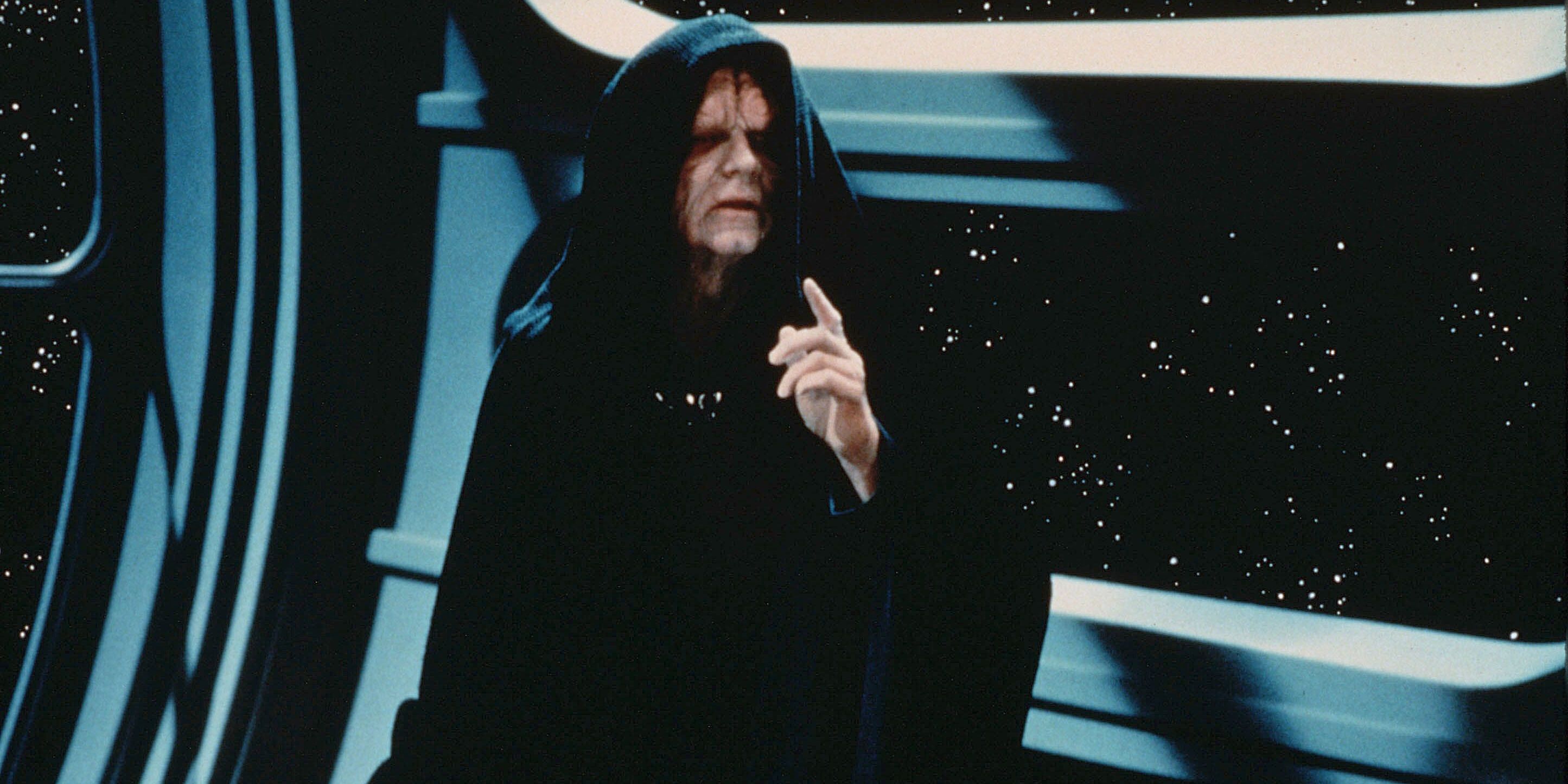Just when Star Wars fans had given up on being excited to see J.J. Abrams wrap up Disney’s sequel trilogy (and the trilogy of trilogies that is the Skywalker saga) with The Rise of Skywalker, Emperor Palpatine could be heard cackling on the first teaser trailer.
Fans were still skeptical that Abrams and co. could pull it off, but there’s no denying that this made for an impressive marketing trick. Suddenly, the excitement was back on. Now that the movie’s been released, the Emperor’s much-anticipated return has been judged as kind of so-so. Here are 5 Things About Palpatine’s Return That Worked (And 5 That Didn’t).
Worked: Ian McDiarmid’s performance
As always, Ian McDiarmid played Emperor Palpatine brilliantly in The Rise of Skywalker. This was never really a concern because Star Wars fans knew he would nail it. The acting legend has played Palpatine since the original trilogy, and his performance – from the eerie campiness of his line delivery to his snarling, menacing voice – has never failed to capture the joyous essence that makes the character so great.
Some of the story decisions in The Rise of Skywalker might have played it safe, but McDiarmid managed to breathe new life into Palpatine for one last movie, tying the whole Skywalker saga together in a somewhat awkward fashion.
Didn’t work: No explanation for his survival
In the months leading up The Rise of Skywalker’s release, Star Wars fans wondered how the movie was going to explain Palpatine’s survival following his supposed demise on the second Death Star. As it turns out, the movie didn’t explain it at all.
When Kylo Ren threatens to kill Palpatine, he says, “I have died before.” This is the closest thing we get to an explanation of how the Emperor survived the fall in Return of the Jedi. He just shows up, alive and well – albeit hooked up to a giant mechanical crane and with an even more zombified appearance – without any explanation.
Worked: The Snoke reveal
Ever since Marvel announced that the real Mandarin would be making his MCU debut in the upcoming Shang-Chi movie, fans have been hoping that, in a little bit of meta-commentary, the movie will begin with the Mandarin executing Iron Man 3’s Trevor Slattery to let the audience know that the disappointing villain is gone and the actually intimidating one has arrived.
The Rise of Skywalker did something similar with Snoke. In the film’s opening moments, the sequel trilogy’s Palpatine rip-off was shrugged off as one of Palpatine’s own creations. The vats of goo containing Snoke bodies were particularly disturbing.
Didn’t work: It undoes the victory in Return of the Jedi
The big downside of bringing back Palpatine in The Rise of Skywalker was undoing the near-perfect ending of Return of the Jedi. Anakin Skywalker was corrupted by Palpatine, eventually becoming the Sith Lord Darth Vader to do the Emperor’s bidding. It was only fitting that killing the Emperor to save his son, Luke, would be the key to Anakin’s redemption.
But according to The Rise of Skywalker, the Emperor survived being thrown into the reactor core shaft and came back to create the First Order a couple of decades later. This undoes the Rebels’ victory in Return of the Jedi.
Worked: Shooting Force lightning up at the warring ships
Some fans were disappointed that Exegol was created to be the Sith planet in The Rise of Skywalker, feeling that it should’ve been Korriban from the Expanded Universe. But there’s no denying that Emperor Palpatine shooting Force lighting into the skies of Exegol, shutting down the engines and navigation systems of all the Resistance ships in battle with his fleet of Star Destroyers was an awe-inspiring sight.
J.J. Abrams had to step up Palpatine’s abilities from Return of the Jedi. Since shocking Luke Skywalker with his Force lightning, he’s gained enough power to use it against a sky full of warring ships.
Didn’t work: His zombified appearance
Although The Rise of Skywalker doesn’t explicitly explain Palpatine’s survival, it is hinted that he died and came back to life. In the movie, Rey and Kylo Ren each, at separate times, use the Force to bring each other back to life, and Palpatine has sort of an undead appearance, suggesting that he died and then used the Force from beyond the grave to resurrect his physical form and return to wreak havoc on the galaxy.
The Emperor had a frightening enough appearance already without being turned into a zombie, and introducing such a concept into Star Wars felt like overkill.
Worked: It tied the sequel trilogy closer to the rest of the saga
Until Palpatine showed up to tie the prequel, original, and sequel trilogies together, the sequel trilogy felt pretty out of place in the saga’s timeline. Making three movies that follow on from Return of the Jedi’s perfect ending was pretty misguided, and the focus on characters with no connection to the Skywalker bloodline made Disney’s heavy marketing of this trilogy as the next stage in the Skywalker saga seem a little redundant.
At the very least, the return of Palpatine made the sequel trilogy more essential to the saga. He’d been the villain of the first two trilogies, so making him the puppet-master behind the third one seemed about right.
Didn’t work: Proposing the Final Order
The ideology of the First Order has never been very clear. In The Rise of Skywalker, we see the First Order’s officers kicking down the doors of residences and terrorizing regular people. This is the closest we’ve come to seeing the effect that the First Order has actually had on the galaxy. Both The Force Awakens and The Last Jedi neglected to show this.
The First Order is quite clearly just a shallow rip-off of the Empire, so The Rise of Skywalker should’ve moved away from this vaguely defined organization and just focused on the characters. Instead, Palpatine suggested “the Final Order” before the First Order had even really gotten started.
Worked: Rey being revealed as the Emperor’s granddaughter
J.J. Abrams set up Rey’s parentage as a widely discussed topic of fan debate in The Force Awakens. Then, with The Last Jedi, Rian Johnson didn’t seem interested in indulging wild theories like Rey being a Skywalker, or Obi-Wan’s granddaughter, and instead just revealed her parents to be “nobodies.” This was somewhat interesting because it tied into the idea that anyone can be the hero – they don’t need to have a special bloodline – but it still disappointed fans, who wanted a grand reveal.
There was no way that such a reveal was going to be 100% satisfying after years of speculation, but there were worse directions to take than the Palpatine twist. It gave Palpatine a key role in the trilogy’s makeup, it explained Rey’s immense Force abilities, and it established Rey as the saga’s most important Jedi.
Didn’t work: It clearly wasn’t planned
In retrospect, if Disney hadn’t been as determined to release a new chapter in the Star Wars saga every two years, and allowed three years between each movie (as was the case with the original and prequel trilogies), then the sequel trilogy could’ve been planned better, with one guiding creative vision.
J.J. Abrams and Rian Johnson clearly had very different ideas about where to take this story and these characters. If just one of them had been in charge, with more time to iron out the kinks in each installment, then we’d have a more cohesive trilogy. The revelations about Palpatine in The Rise of Skywalker are somewhat satisfying, but they clearly weren’t planned from the start.

